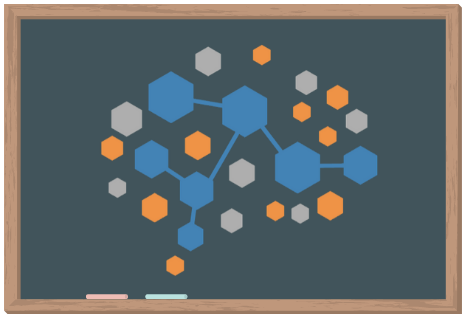Lesson #2: Analyzing Extracellular Recordings#
A single neuron cannot carry out complex tasks by itself – it requires the surrounding, interconnected neurons to send and receive signals and accomplish the simplest of tasks. In modern large-scale electrophysiology, the activity of hundreds of neurons are recorded in an attempt to determine where neuron activity occurs and how these cells communicate with each other when presented with certain tasks.
Many NWB datasets feature extracellular electrophysiology, with technology ranging from tetrodes to cutting-edge silicon recording probes. Regardless of the technology, the principles of dealing with extracellular electrophysiology data are very similar.
In this chapter, we’ll explore an extracellular electrophysiology dataset to help you build the skills to work with such data and make your own discoveries about brain function.
Learning Objectives#
Identify the processing steps in extracellular experiments
Implement spike sorting on extracellular recording data
Generate and interpret common visualizations of extracellular recording data
Introduction to Electrophysiology#
Electrophysiology is the study of the electrical activity created by neurons. There are three main ways of collecting electrophysiology data:
Extracellular Recordings: electrode outside of the cell
Intracellular Recordings: electrode inside of the cell
Patch Clamp Recordings: electrode continuous with cell membrane
From Noguchi et al. 2021 under a Creative Commons 4.0 License
Processing Extracellular Recordings#
Extracellular recordings are taken from outside of the cell, and are therefore a bit messier than intracellular recordings. In addition to filtering the data to remove any slow, non-biological shifts in the recorded potential, raw extracellular recordings also analyzed to figure out which action potentials (informally known as “spikes”) are coming from which neuron. Because these recordings are taken from outside of the cell, it’s possible that each electrode may be listening to multiple cells nearby. Spike sorting allows us to identify spikes and assign them to units, or putative neurons. In other words, we can’t say with utmost certainty that we’ve correctly identified the source of our spikes, but we can use spatial and temporal information to say with some confidence that we likely have.
Thankfully, most of the data in NWB files have already been sorted for us. Most often, the authors of these files will provide a list of spike times for each unit. We can then use these spike times along with the behavioral and environmental context of the experiment to try to make some sense of what neurons are doing.
In addition to spike times, researchers are often interested in studying the local field potential (LFP), or the collective sum of all of the neurons in a given area. We can filter this LFP for particular brain waves, and even use it to distinguish between layers of cortex.
![]()
Neuropixels Probes#
As you’re diving into more and more NWB datasets, you’ll encounter Neuropixels data. The technological advancement of the Neuropixels probe (seen at right) has significantly propelled systems neuroscience research in recent years (Jun et al., 2017). Each probe is approximately the size of a strand of hair and has 960 recording sites allowing for hundreds of neurons to be recorded simultaneously. The reduced size of these recording devices allows for several probes to be inserted into the same brain, providing real time recordings of multiple brain areas. Neuropixels, along with many other developments in recording and imaging technologies, are changing the kinds of questions we can ask about brain activity.
Additional Resources#
For a thorough overview of electrophysiology, see the Guide to Research Techniques.
To read more about the potential of Neuropixels probes, read this Simons Foundation article.
For technical information about the Neuropixel probes or to learn how to obtain them, visit neuropixels.org.


